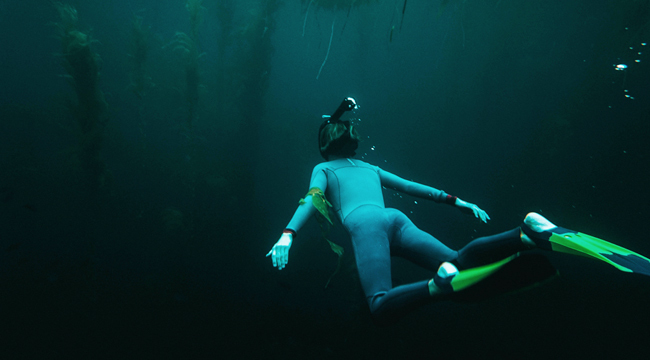The Best Springs And Sinkholes In Florida For Scuba Diving – UPROXX
[ad_1] Unsplash “The best way to observe a fish, is to become a fish.” -Jacques Cousteau I’ve long been obsessed with life below the water’s surface. I used to dream of spending my days simply observing the mysteries of the depths, but I was slow to understand that SCUBA diving was something I could actually
[ad_1]

Unsplash
“The best way to observe a fish, is to become a fish.”
-Jacques Cousteau
I’ve long been obsessed with life below the water’s surface. I used to dream of spending my days simply observing the mysteries of the depths, but I was slow to understand that SCUBA diving was something I could actually take up. Growing up in Maine, I thought of divers as complete badasses. The idea of strapping on a tank and leaping into the unknown felt completely foreign — a hobby for the bold, daring, and mega-rich.
Then, I moved from Maine to Florida in high school. In the sunshine state, diving was for everyone and it was easy to find places to learn. I signed up for a class before the last of my boxes was unpacked. First, I studied at the Dive Pros Scuba shop in Pensacola. Later, at Florida State University in Tallahassee — where I became a dive master, helping to instruct new students.
Since then, I’ve been diving all over the world. I’ve been drift diving, night diving, and cave diving. I’ve plunged over boats in Belize at the Blue Hole, drifted down the pristine reefs of Cozumel, and swam in waters where I couldn’t see five feet ahead of me (like on Costa Rica’s Pacific coast when a golf cart-sized manta ray snuck up to within an arm’s length). Still, I’ve never gotten over those first dives, in Florida. With warm water and perfect visibility, I was spoiled from the start.
There’s great ocean diving along Florida’s Emerald Coast, of course. Fort Pickens and the sunken USS Oriskany in Pensacola and Black Bart and others in Panama City are classic adventures, loved by many. But far fewer know about the springs and aquifers in the Florida panhandle and central Florida. These sites are accessible, temperature consistent, economical, easy to get to and often are surrounded by state parks and wilderness. On top of all of that, many of these places have scuba certification courses if you’re just starting your dive journey.
From caves to manatees, you don’t have to be an advanced open water diver to enjoy a weekend escape at one of the Panhandle’s pristine dive sites.
WHERE TO FIND THE BEST SINKHOLES AND SPRINGS IN THE FLORIDA PANHANDLE
*NOTE: As always, adventure with caution and respect. Follow the local rules and do your research. Some of these caves are acceptable for open water divers, and some of them require more certifications and training. And of course, always dive with a buddy.
Ginnie Springs
Ginnie Springs is one of the first sites that Florida instructors tell students about to get them stoked on diving. This is because of the Ginnie Springs Ballroom — a dive cavern that is deemed sufficiently safe for all levels of certified divers. There’s a guide cord that takes you from the open water into the cavern, and a grate at the back that seals the rest of the system from the Ballroom. You can feel the force of the 35 million gallons of water a day that passes through the grate. It’s a truly epic, not-to-be-missed adventure.
Want to go?
Closest City: About a 45-minute drive from Gainsville.
Equipment Rentals: Yes (no tanks)
Dive Price: From $22
Snorkel Price: From $14
Instruction: They don’t offer courses but do facilitate private instructors.
Camping: Yes
Let’s block ads! (Why?)
[ad_2]
Source link








Comments
Comments are disabled for this post.